Chevrolet has been a cornerstone of American automotive innovation, particularly in the realm of engine development. While some of its achievements have become legendary, others have quietly faded into the annals of history. Among these are several small block engines that, despite their understated legacy, were pivotal in transforming the automotive landscape.
The Genesis of the Small Block Revolution
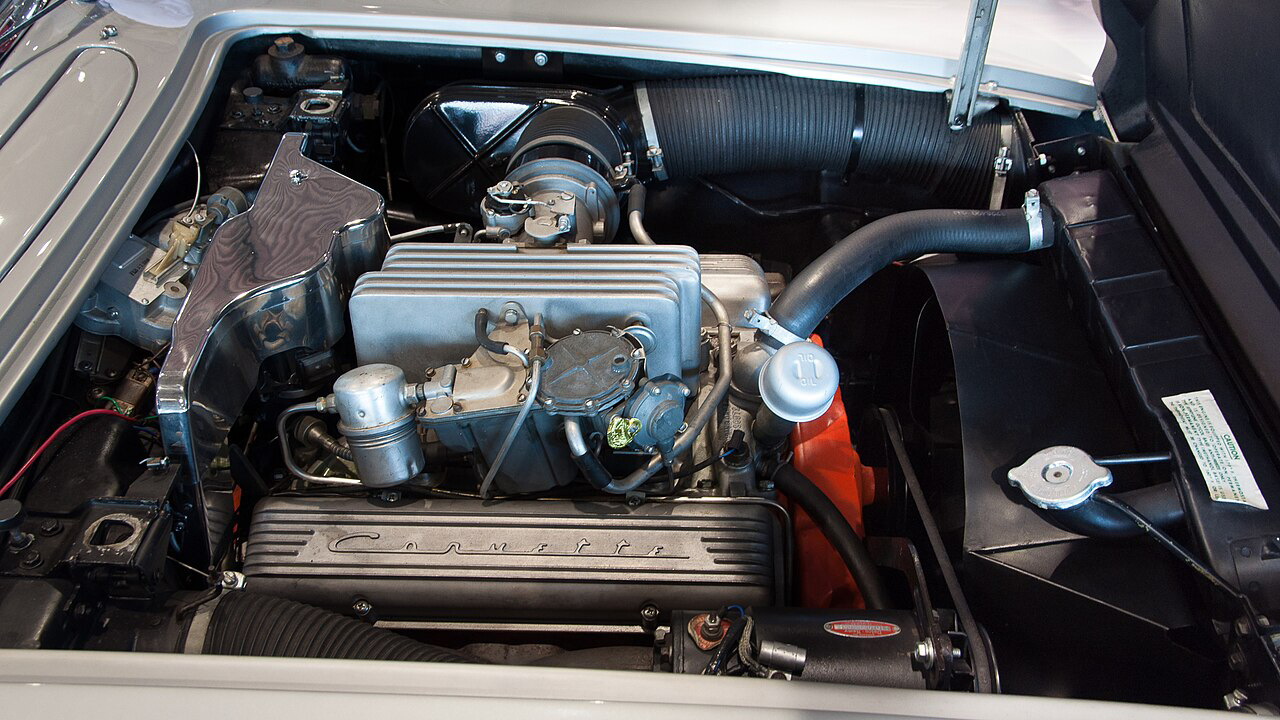
The small block revolution began in the mid-20th century, forever changing the performance and accessibility of V8 engines. Chevy’s engineering prowess was on full display, creating engines that balanced power with efficiency, setting a new standard for what was possible in mainstream vehicles.
These engines were not just about raw power; they introduced technologies and design philosophies that would influence not only Chevy’s lineup but the entire automotive industry for decades. Their compact design allowed for versatility and adaptability in a variety of vehicle platforms.
The Underrated 265 V8
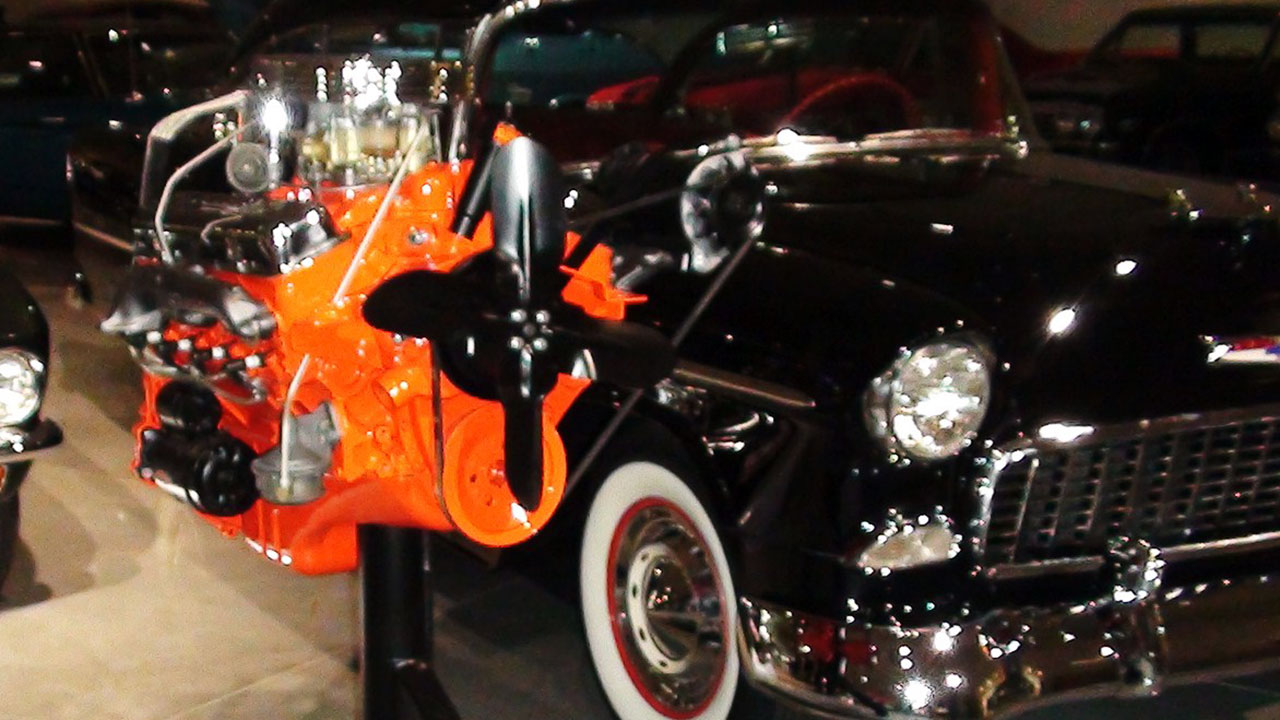
The 265 V8 made its debut in 1955, marking Chevy’s first foray into the world of V8 engines. It was a game-changer, offering a compact design that easily fit into a wide range of vehicles, from family sedans to performance cars. The engine’s lightweight construction and overhead valve design were revolutionary at the time.
This engine laid the groundwork for future innovations, proving that powerful performance could come in smaller, more efficient packages. Its ability to deliver impressive power for its size helped set a new benchmark in engine design.
The Influential 283 Turbo-Fire
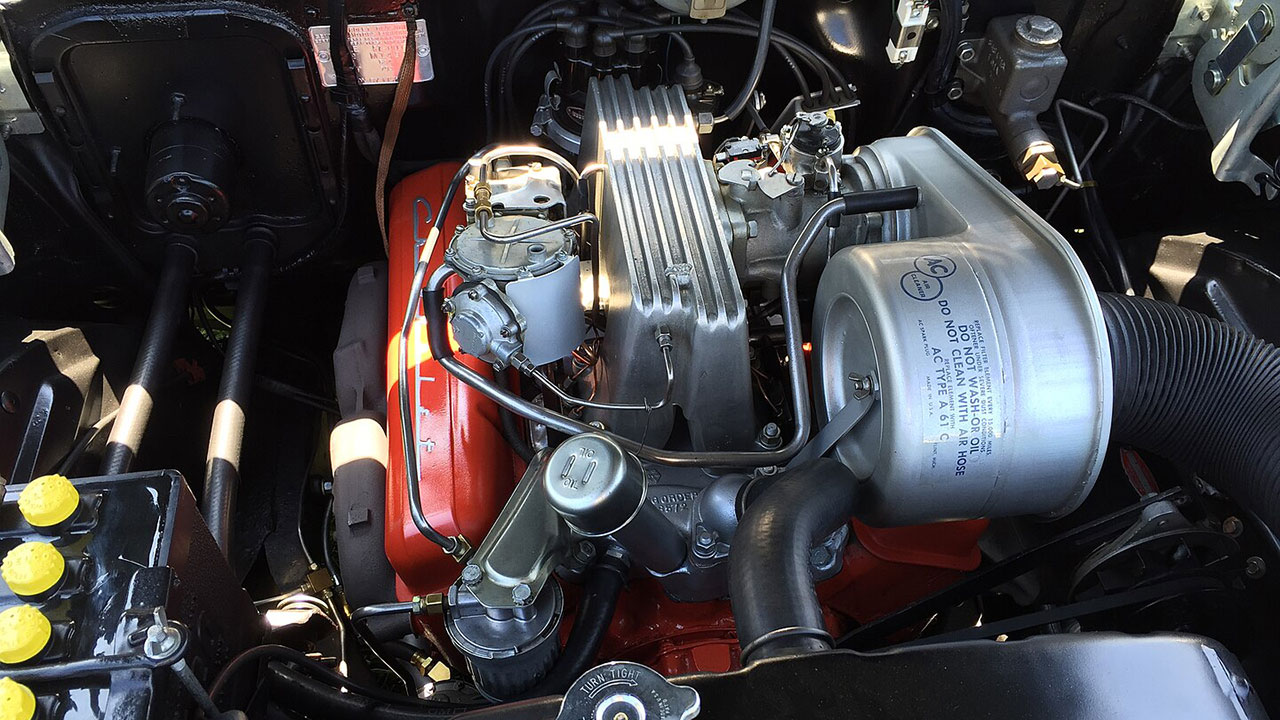
In 1957, the 283 Turbo-Fire engine was introduced, becoming an instant hit. It was the first production engine to offer one horsepower per cubic inch, a feat that was groundbreaking at the time. This engine found its way into iconic models like the Corvette, enhancing their performance credentials significantly.
The 283’s influence extended beyond its power output. It introduced innovations in fuel delivery and combustion efficiency that would influence engine design philosophies for years to come, making it a favorite among enthusiasts and engineers alike.
The Groundbreaking 327 Fuel Injection
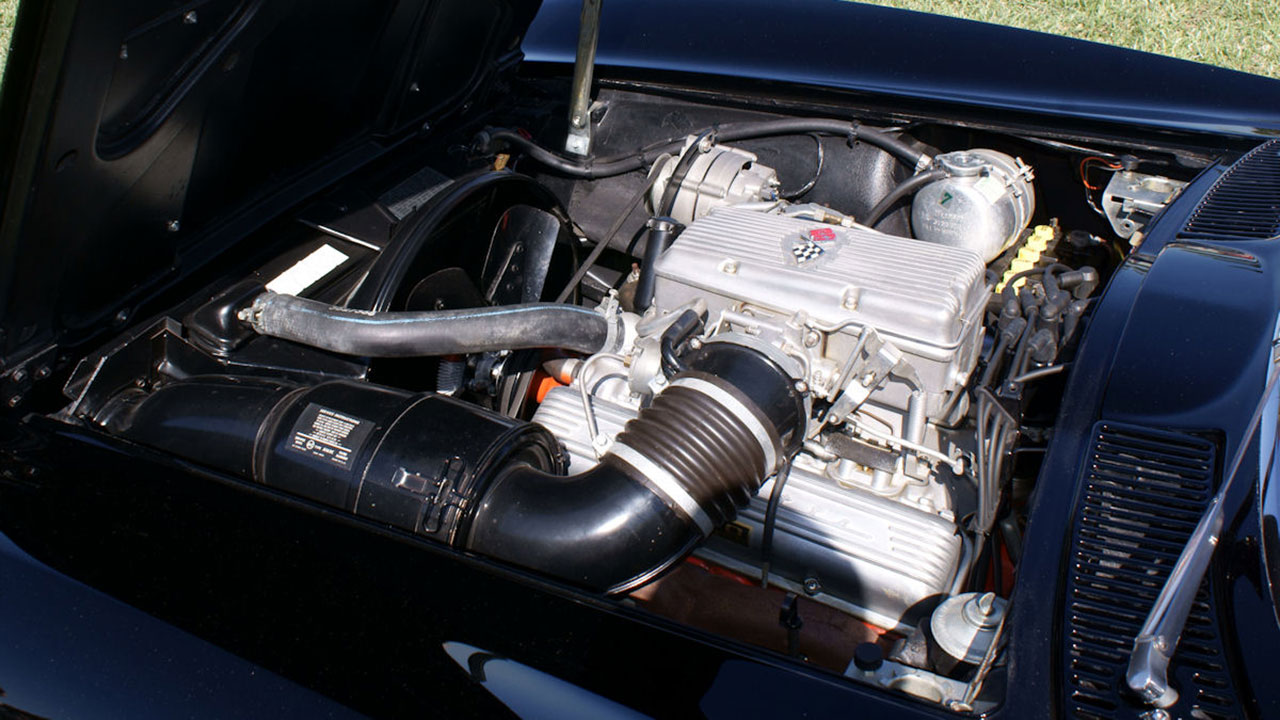
The 327 small block, particularly with its innovative fuel injection system, was introduced in the early 1960s and quickly gained a reputation for outstanding performance and reliability. This engine was capable of producing up to 375 horsepower, a remarkable achievement for its time.
The 327 was featured prominently in the Corvette and other performance-oriented vehicles, showcasing its versatility and power. The introduction of fuel injection technology helped pave the way for more efficient, high-performance engines in the future.
The Versatile 302 DZ
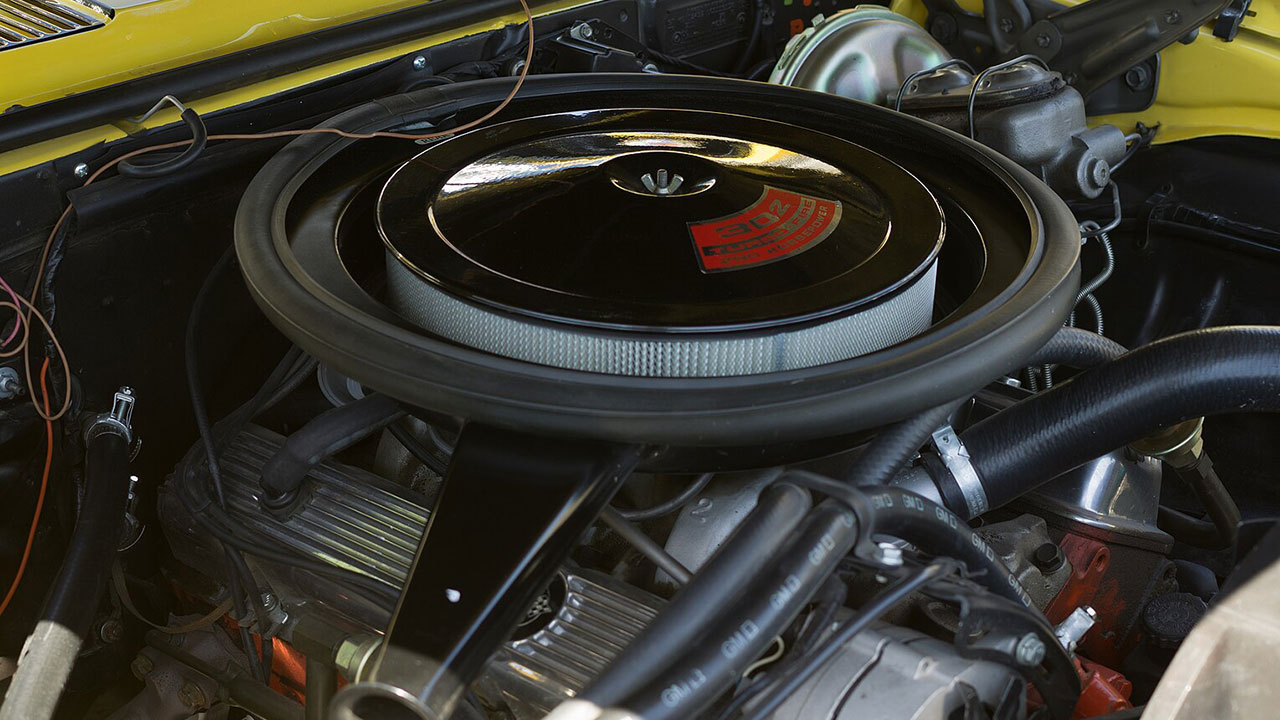
Chevy’s 302 DZ engine was introduced in 1967 as a racing powerhouse, specifically designed to compete in the SCCA Trans-Am series. It found its home in the Camaro Z/28, where its high-revving capabilities and robust performance made it a racing legend.
Despite its short production run, the 302 DZ’s influence on racing and performance car culture is undeniable. It exemplified Chevy’s ability to produce engines that could dominate on the track while remaining street-legal and accessible to the everyday enthusiast.
The Powerful 350 LT-1
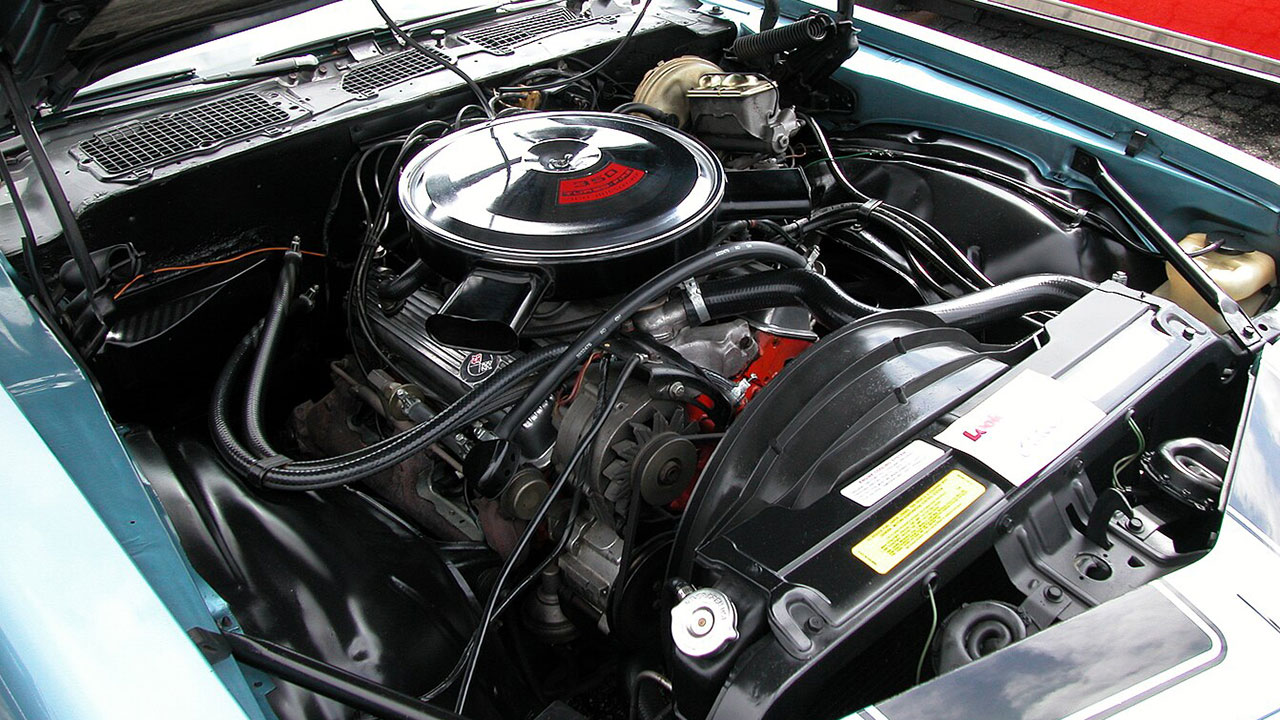
Introduced in the late 1960s, the 350 LT-1 engine became a cornerstone of Chevy’s performance offerings. Known for its balance of power and driveability, the LT-1 was a favorite among muscle car enthusiasts and was featured in models like the Corvette and Camaro.
The LT-1’s design emphasized high-performance components and precision engineering, making it a benchmark for small block engines. Its legacy continues to influence modern engine design, particularly in the realm of performance tuning and aftermarket enhancements.
The High-Performance 400 Small Block
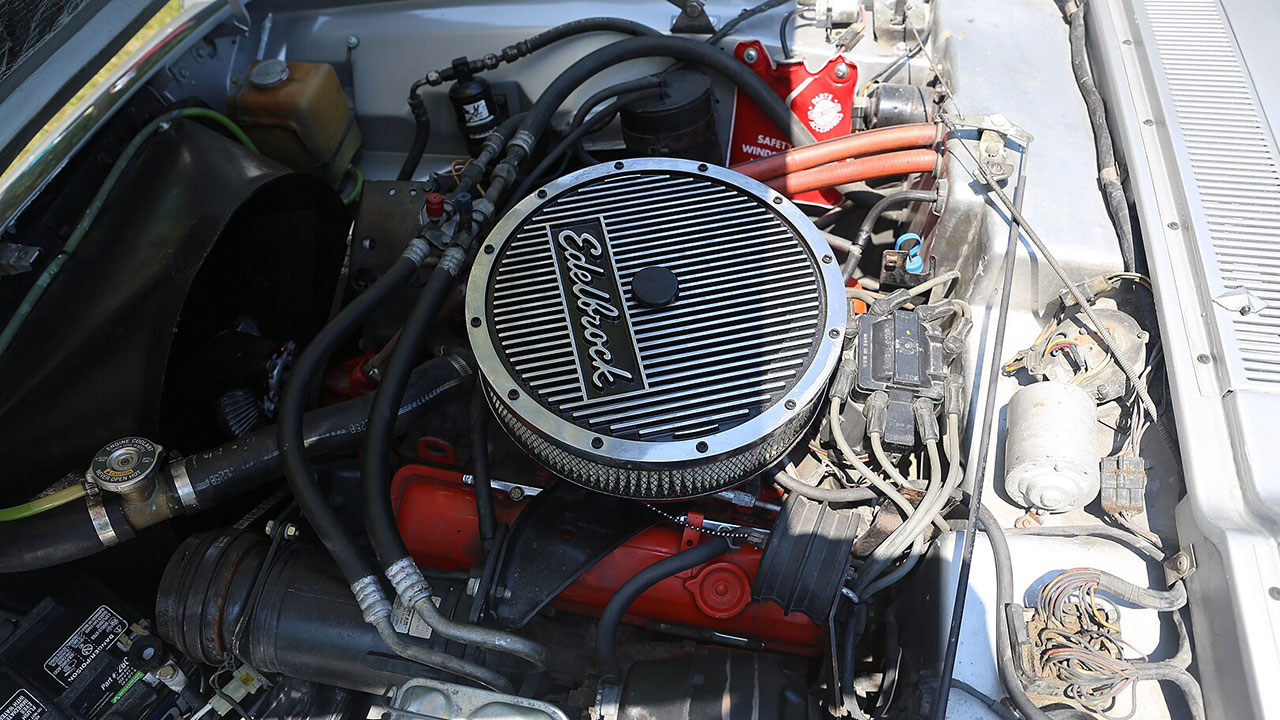
The 400 small block, introduced in the early 1970s, was Chevy’s largest small block engine. It offered unparalleled torque and performance, making it a popular choice for heavy-duty applications and high-performance vehicles.
This engine’s unique design included a longer stroke and larger bore, which contributed to its impressive power output. Despite its relatively short production run, the 400 small block remains a favorite among hot rodders and custom builders for its potential to deliver exceptional performance.
The Impactful 305 HO
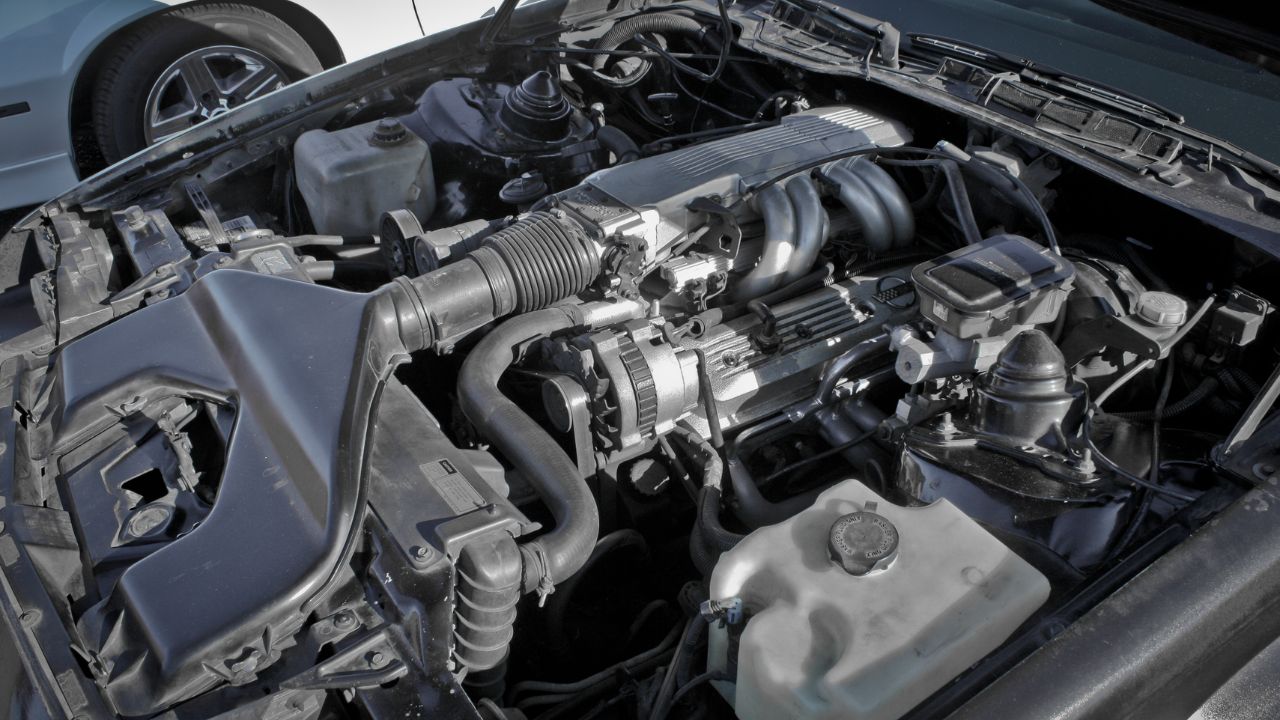
The 305 HO, introduced in the 1980s, was a response to the growing demand for more fuel-efficient engines without sacrificing performance. It was featured in models like the Camaro and Firebird, offering a balance of power and economy.
This engine demonstrated Chevy’s ability to adapt to changing market conditions and regulatory landscapes, maintaining its commitment to performance while also addressing fuel efficiency concerns. Its impact is still felt today, as automakers continue to balance these competing demands.
The Legacy of Chevy’s Game-Changing Small Blocks
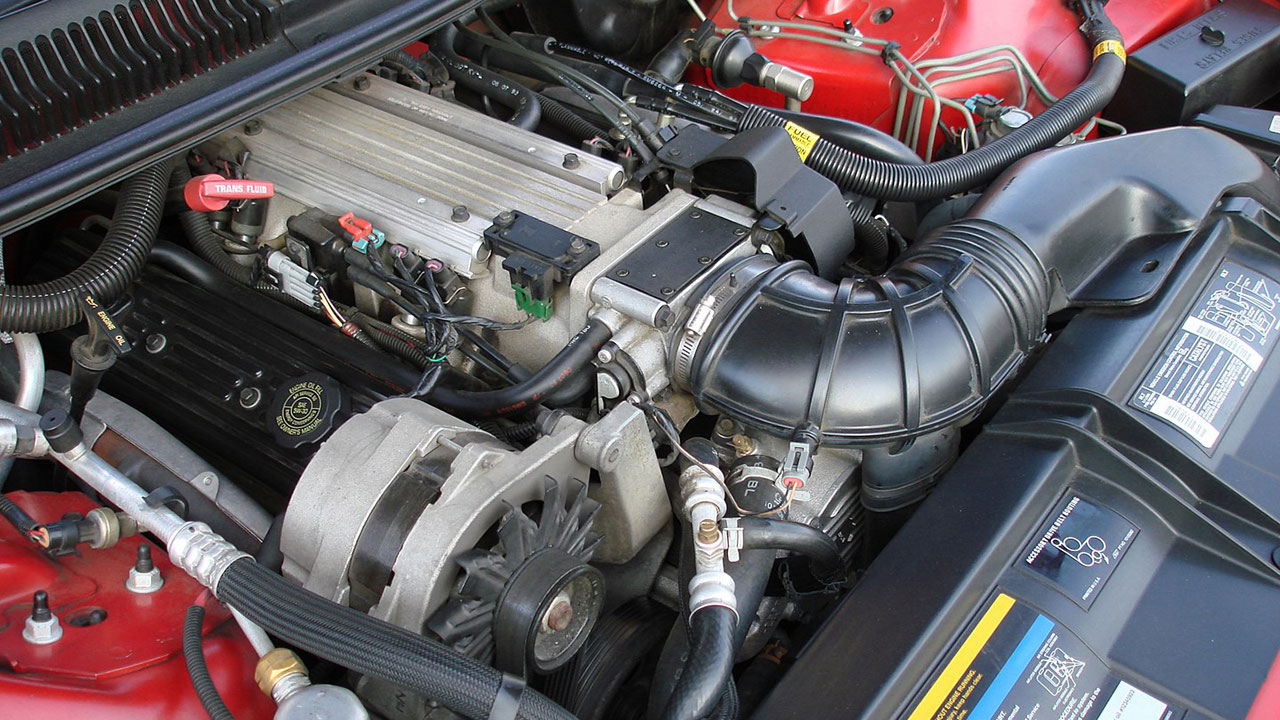
Chevy’s small block engines have left an indelible mark on the automotive industry. Each model, from the 265 to the 305 HO, played a crucial role in advancing engine technology and performance. These engines were not just mechanical achievements; they were cultural icons that inspired generations of car enthusiasts.
As we look back at these forgotten innovations, it’s clear that Chevy’s commitment to pushing the boundaries of what’s possible continues to influence modern automotive design. The legacy of these small blocks lives on, reminding us of a time when innovation and performance were the driving forces behind automotive excellence.
Like Fast Lane Only’s content? Be sure to follow us.
Here’s more from us:
*Created with AI assistance and editor review.

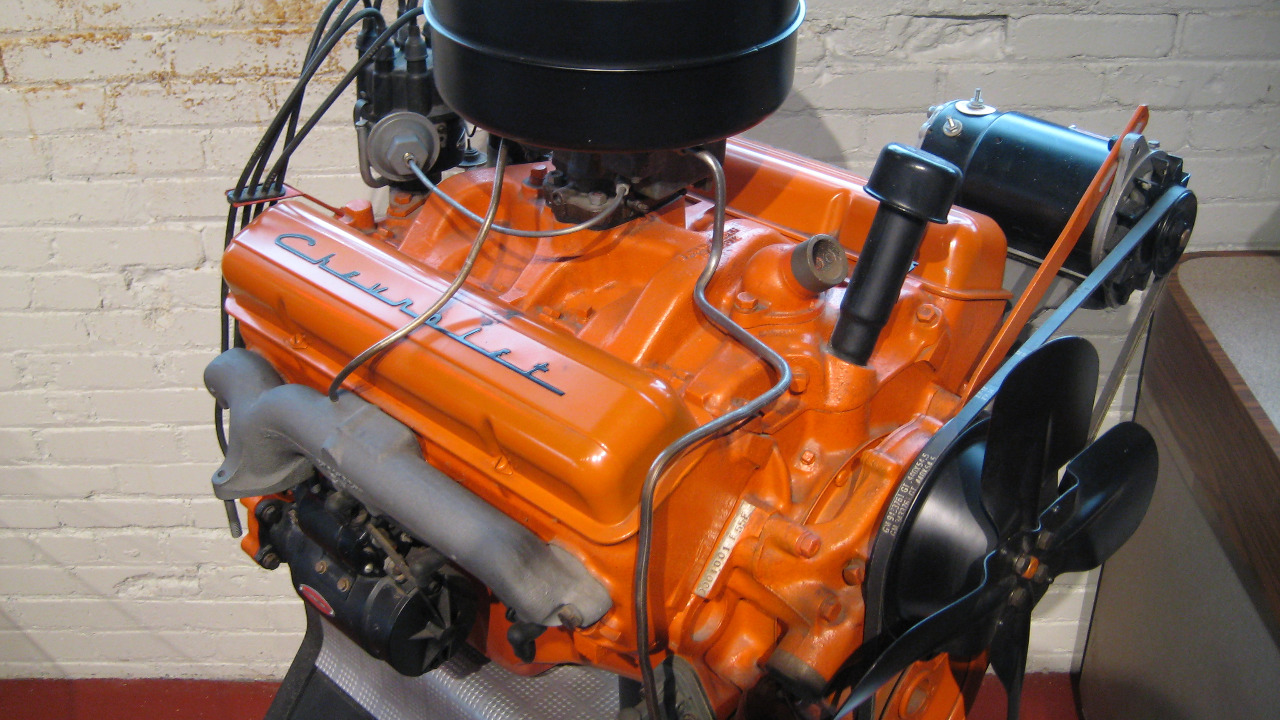
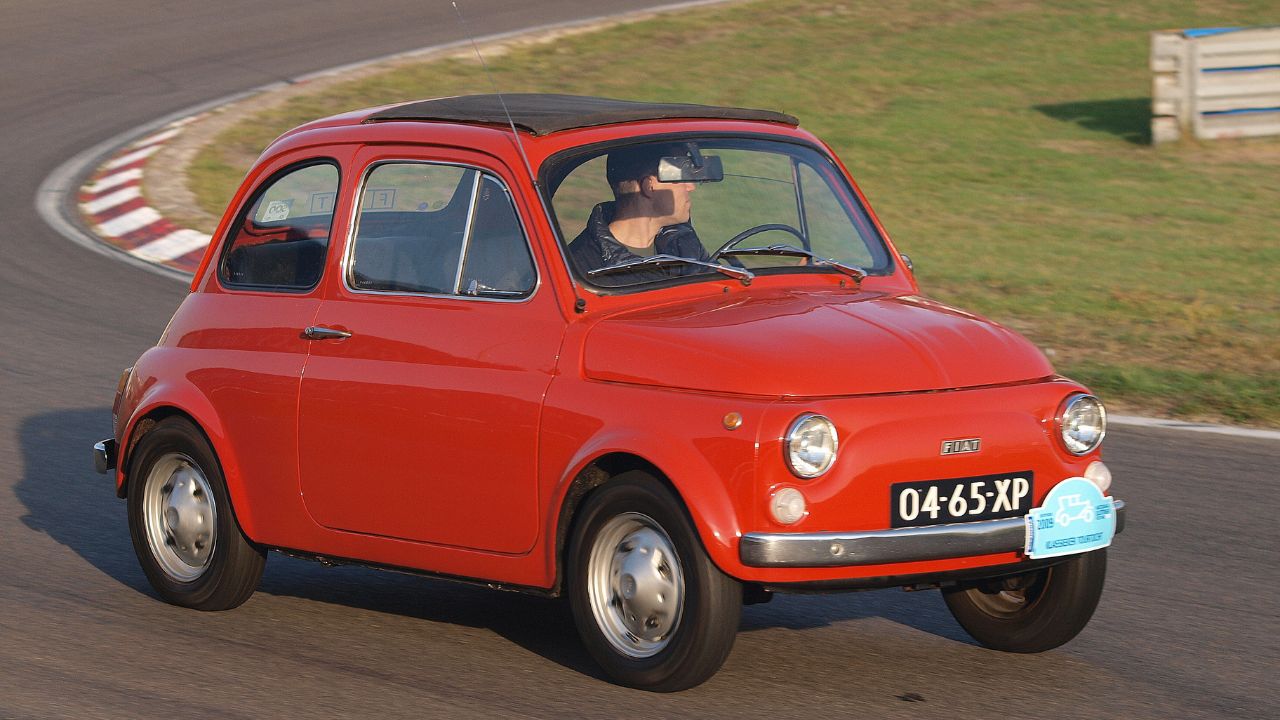


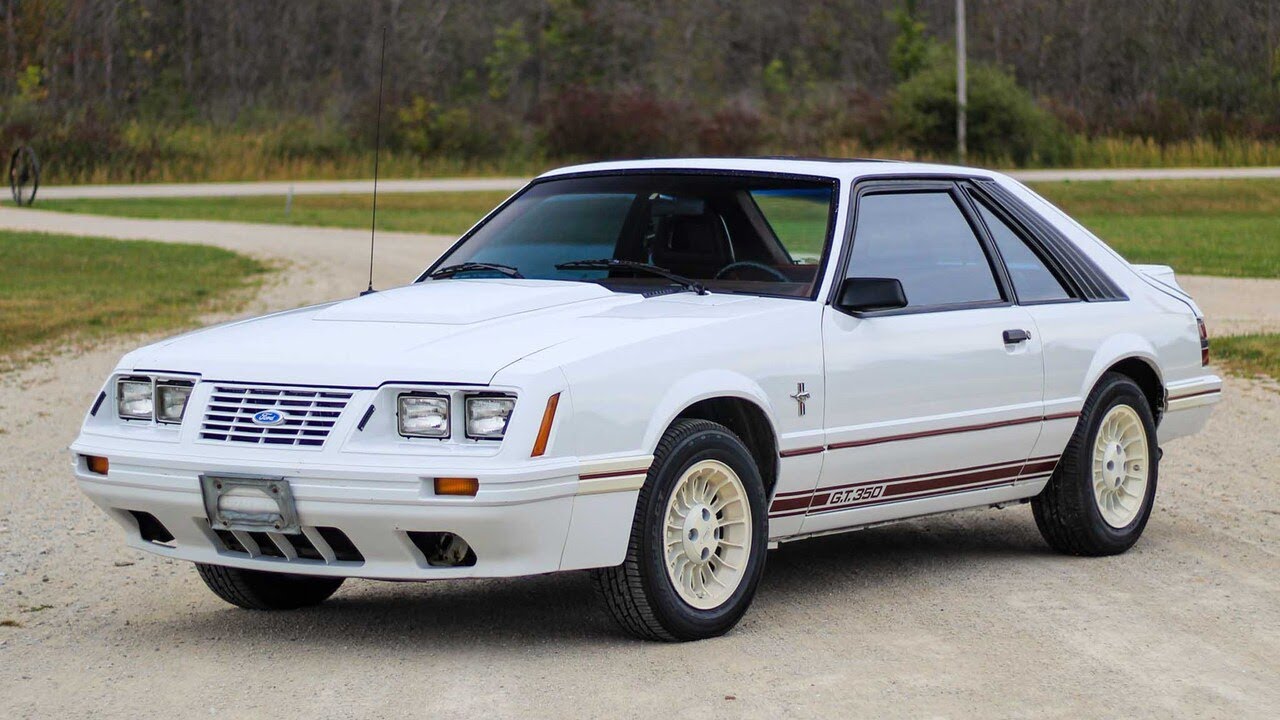

Leave a Reply